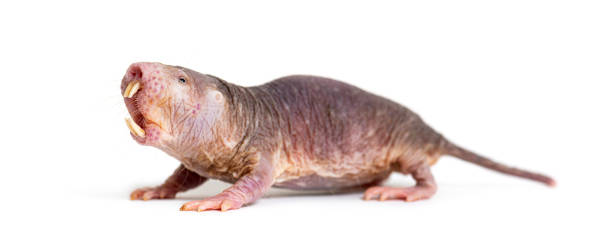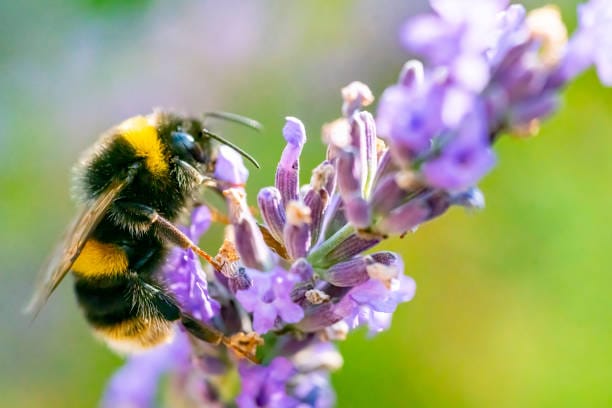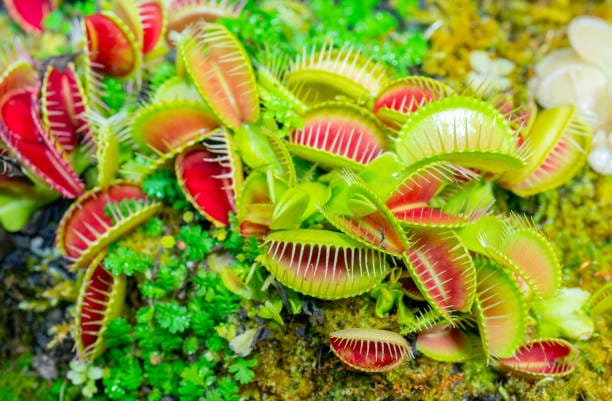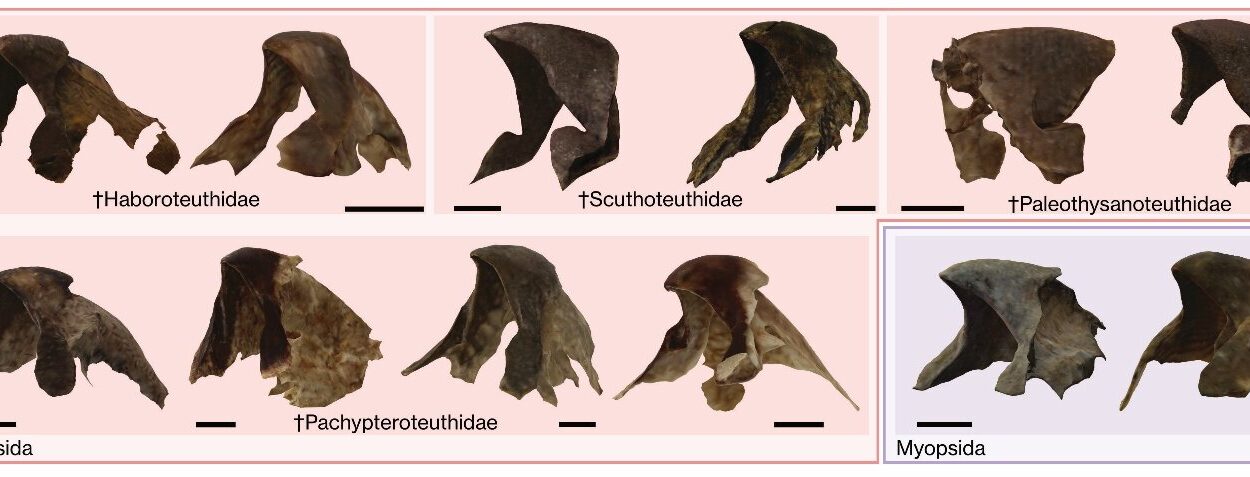Deep beneath the dry grasslands of East Africa, in a maze of winding tunnels, lives a creature that seems to break every rule of biology. The naked mole-rat — a small, nearly hairless rodent with wrinkled skin and oversized teeth — might not look remarkable at first glance. Yet, hidden within its tiny, pink body lies one of nature’s greatest biological mysteries: the secret of extraordinary longevity.
While most rodents live only two to three years, the naked mole-rat can survive for up to 37 years — nearly ten times longer than its closest relatives. It doesn’t just live longer; it lives better. These animals rarely get cancer, show little sign of aging, and remain fertile for most of their lives. Even their cells resist the usual wear and tear that gradually erodes life in other mammals. The question that has captivated scientists for decades is simple yet profound: how?
Recent research published in the journal Science has brought us one step closer to answering that question. The secret, it turns out, may lie in a small but powerful tweak to a common protein — one that helps the naked mole-rat repair its DNA far more effectively than most other animals.
The Fragile Blueprint of Life
Every living organism carries its instruction manual within DNA — the double-helical molecule that contains the genetic code for building and maintaining life. Yet, this precious code is constantly under attack. Radiation, toxins, stress, and even normal metabolism create tiny cracks and breaks in our DNA every day. In humans and most animals, our cells work tirelessly to repair these mistakes, but over time, the system falters.
When DNA damage accumulates faster than it can be repaired, cells malfunction. They divide uncontrollably or stop dividing altogether, leading to cancer, aging, and the gradual decline of organs and tissues. This slow deterioration is a universal feature of life — or so scientists thought, until they met the naked mole-rat.
Unlike most mammals, these burrowing rodents seem to have an extraordinary ability to resist DNA damage. Their cells stay youthful, their tissues remain strong, and their bodies seem almost untouched by the ravages of time. The key to this superpower, researchers have discovered, lies in a protein called cGAS — cyclic GMP-AMP synthase — a molecule present in almost every animal on Earth.
The Protein That Changed the Rules
In most mammals, the cGAS protein acts as a cellular alarm system. It detects fragments of DNA that appear outside the nucleus — often a sign of viral infection or damage — and triggers the immune system to respond. While this defense mechanism is vital for fighting pathogens, it has a downside: it can interfere with DNA repair. Too much cGAS activity can actually worsen DNA damage, accelerating the aging process.
But in naked mole-rats, something remarkable has happened. Researchers from Tongji University in China discovered that the cGAS protein in these rodents has evolved differently from that in humans or mice. After comparing the molecules across species, they found four subtle yet significant changes in the amino acids — the building blocks that make up the protein. These small differences flip cGAS’s function from a troublemaker into a protector, enhancing the cell’s ability to repair damaged DNA instead of blocking it.
In other words, naked mole-rats have turned a common biological liability into a superpower for longevity.
Experiments That Rewrote Expectations
To test their theory, the scientists performed a series of experiments that sound almost like science fiction. They inserted the naked mole-rat version of cGAS into human and mouse cells grown in the lab. What happened next astonished them: the modified cells became far more efficient at repairing their DNA and showed fewer signs of aging.
Encouraged by these results, the researchers went a step further. They engineered fruit flies — a model organism often used in genetics — to produce naked mole-rat cGAS. The results were striking: the flies lived about ten days longer than their normal counterparts. While ten days may not sound like much, for a fruit fly, it represents a substantial increase in lifespan.
Finally, the team performed gene therapy on living mice, introducing the naked mole-rat’s cGAS into their bodies. The treated mice aged more slowly. They were less frail, had fewer gray hairs, and showed a lower number of senescent, or “worn-out,” cells in their organs. These results strongly suggested that the naked mole-rat’s version of cGAS actively promotes a healthier, longer life.
“This alteration confers naked mole-rat cGAS with a greater capacity to stabilize the genome, counteract cellular senescence and organ aging, and promote extended life span and health span,” the researchers wrote. In simpler terms, this unique protein helps keep the animal’s body young, vibrant, and resilient — a biological fountain of youth encoded in its genes.
Lessons in Longevity
The implications of this discovery reach far beyond the world of naked mole-rats. For decades, scientists have searched for the biological keys to aging, hoping to uncover ways to extend human health and vitality. Now, by studying this humble rodent, we may be closer to understanding one of life’s most enduring puzzles: how to slow the biological clock.
Aging is not caused by a single process but by a complex interplay of molecular failures — DNA damage, inflammation, metabolic decline, and cellular exhaustion. The naked mole-rat’s unique cGAS variant offers a glimpse into how evolution can fine-tune these processes to preserve life. By switching the protein’s role from one that promotes damage to one that repairs it, nature has effectively hacked the system.
If scientists can replicate this process in humans — perhaps by modifying specific amino acids in our own cGAS — it could open new frontiers in medicine. Therapies inspired by the naked mole-rat might one day help us delay age-related diseases such as Alzheimer’s, cancer, and heart failure. It could even extend human lifespan, not merely by adding years, but by adding healthy, vibrant ones.
However, as exciting as this possibility sounds, it remains far in the future. Biology rarely offers simple answers, and what works in one species may not translate easily to another. Human biology is immensely complex, and tinkering with fundamental proteins carries enormous risks. Still, the naked mole-rat has given science a tantalizing clue — one that could reshape how we think about aging itself.
The Miracle Beneath Our Feet
It’s almost poetic that a creature so unassuming — a nearly blind, wrinkled rodent living underground — might hold the secrets to human longevity. Naked mole-rats live in tight-knit colonies, ruled by a queen, much like ants or bees. They rarely see the sun, surviving in dark tunnels with little oxygen and extreme heat. And yet, they thrive.
Their unique biology — from resistance to pain and cancer to their astonishing lifespan — continues to challenge what we know about mammals, and even about ourselves. In their quiet burrows, these creatures defy the passage of time, carrying within them lessons about resilience, adaptation, and the extraordinary power of evolution.
Biology often teaches us that beauty lies not in appearance but in design. The naked mole-rat, though not conventionally beautiful, is a masterpiece of biological innovation. Its wrinkled skin hides secrets that could one day help humans live longer, healthier lives.
More information: Yu Chen et al, A cGAS-mediated mechanism in naked mole-rats potentiates DNA repair and delays aging, Science (2025). DOI: 10.1126/science.adp5056






